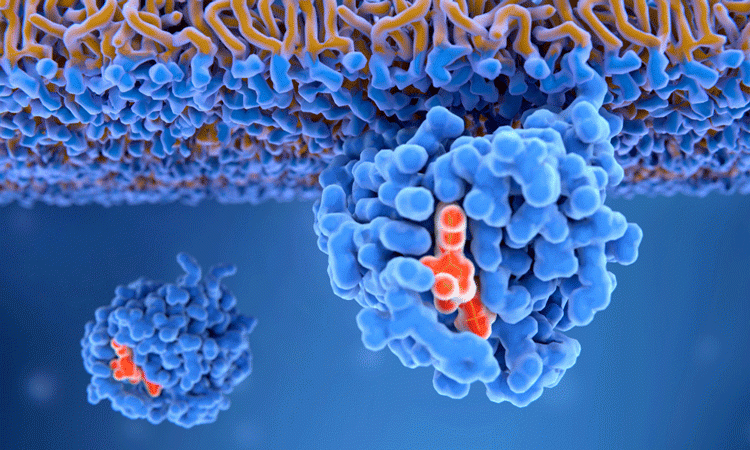Research into cellular signalling mechanisms may lead to new treatments
Posted: 31 July 2018 | Drug Target Review | No comments yet
Wnt moves to specific areas of the cell membrane, interacting with a receptor known as Ror2, and inducing the formation of a cytoneme…


Methods of cellular communication could hold the key to identifying improved treatment for life threatening diseases. A revolutionary new study investigated mechanisms of cell-to-cell signalling in an important family of molecules – Wnt proteins. These proteins orchestrate and control many cell development processes and are transported between cells.
Consequently, accurate transmission of Wnt proteins is extremely important. The actual mechanism for this was previously unknown, and it was discovered that cytonemes (cell protrusions) play a vital role in transmitting a signal to control the rate of cell division.
Principal Investigator of the study, at the University of Exeter’s Living Systems Institute, Professor Steffen Scholpp said, “These are very exciting times for cell biology. We are in the process of changing our understanding of cell communication in tissue. In the early days researchers believed that signalling molecules are released from cells into the extracellular space, the area between cells, and diffuse randomly.
“This would mean that target cells are surrounded by a mix of various signalling molecules. In contrast, our research shows that there is a flexible grid of tiny protrusions connecting all cells in a multicellular body. This novel concept allows a fast, precise and controlled exchange of information between sender cells and target cells.”
Excessive Wnt signalling is linked to extreme cell division and has thus been known to cause a number of cancers. The researchers, from Duke Medical School in Singapore, Karlsruhe Institute of Technology in Germany and Cardiff University, believed that if cytoneme formation could be targeted, a range of new cancer treatments could be developed.
They identified that inhibiting cytoneme formation prevented transmission from Wnt producing cells. The team also found that Wnt moved to specific areas of the cell membrane, interacting with a receptor known as Ror2, and inducing the formation of a cytoneme. In this way, the scientists identified the first signalling protein controlling its own transport mechanism.
Prof Scholpp commented, “We have started to understand the characteristics of this information grid in the matrix of a tissue. Our research provides the first insight how this web of cell protrusions is formed and what kind of consequences it has if we alter these connections.
“A thorough functional and structural characterisation of the information grid and their functions in contact-based signalling is fundamental and calls for further studies at the molecular, cellular and tissue level.”
Due to Wnt signalling being important in many pathways, from embryo formation and wound healing to cell regeneration and organ development, understanding its role in the body and the pathways it is involved in is paramount. As such, this information is also vital to the development of treatments for other developmental disorders.
The study was published in eLife.
Related topics
Disease research, Drug Discovery, Protein, Protein Expression
Related conditions
Cancer
Related organisations
Cardiff University, Duke Medical School, Karlsruhe Institute of Technology, University of Exeter
Related people
Professor Steffen Scholpp



